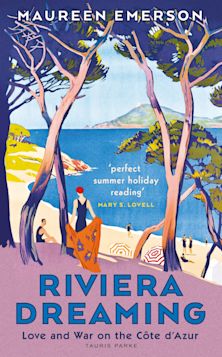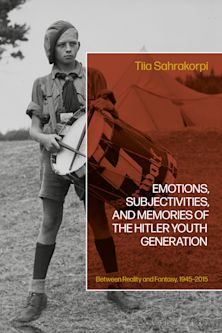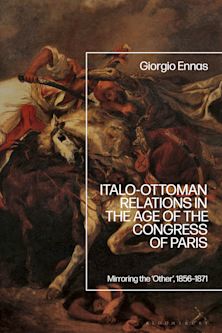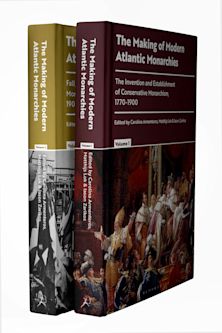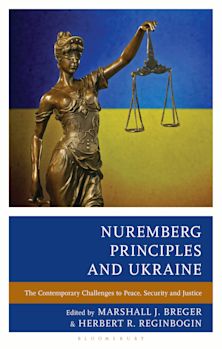- Home
- ACADEMIC
- History
- European History
- Cooking in Europe, 1250-1650
You must sign in to add this item to your wishlist. Please sign in or create an account
Description
Ever get a yen for hemp seed soup, digestive pottage, carp fritters, jasper of milk, or frog pie? Would you like to test your culinary skills whipping up some edible counterfeit snow or nun's bozolati? Perhaps you have an assignment to make a typical Renaissance dish. The cookbook presents 171 unadulterated recipes from the Middle Ages, Renaissance, and Elizabethan eras. Most are translated from French, Italian, or Spanish into English for the first time. Some English recipes from the Elizabethan era are presented only in the original if they are close enough to modern English to present an easy exercise in translation. Expert commentary helps readers to be able to replicate the food as nearly as possible in their own kitchens.
An introduction overviews cuisine and food culture in these time periods and prepares the reader to replicate period food with advice on equipment, cooking methods, finding ingredients, and reading period recipes. The recipes are grouped by period and then type of food or course. Three lists of recipes-organized by how they appear in the book and by country and by special occasions-in the frontmatter help to quickly identify the type of dish desired. Some recipes will not appeal to modern tastes or sensibilities. This cookbook does not sanitize them for the modern palate. Most everything in this book is perfectly edible and, according to the author, noted food historian Ken Albala, delicious!
Table of Contents
14. For powme dorrys (Golden Apples of Pork)—Liber Cure Cocorum (Northern England)
17. A Dish of Roasted Cat—Rupert of Nola (Spain/Naples)
94. Jasper of Milk—Livre fort excellent de cuisine (France)
108. Counterfeit Snow—Livre fort excellent de cuisine (France)
168. A most delicate and stiffe sugar-paste, whereof to cast Rabets, Pigeons, or any other little bird or beast, either from the life, or carv'd molds—Plat (England)
Holidays and Fast Days
30. Little Leaves—Liber de Coquina (Italy?)
59. Fygey—Forme of Cury (England)
89. To make Ravioli for Meat and Lean Days, for 10 plates—Messisbugo (Ferrara, Italy)
104. To Make a Compote of Melon Peels or Peels of Gourd, or Turnips, or whole unripe peaches in a conserve for Lent—Messisbugo (Florence, Italy)
133. To Seeth Stock fish—The Good Huswifes Handmaide for the Kitchen (England)
138. To cook Stuffed Eggplants in days of Lent—Scappi (Rome, Italy)
Illness
7. For to make potage of oysters—Liber Cure Cocorum (Northern England
38. Gruyau (Barley Gruel)—Viandier (France)
129. To make blancmange—Lancelot de Casteau (Liege, Belgium)
169. To Cook water with anise, sugar and cinnamon—Scappi (Rome, Italy)
Product details
| Published | 30 Jun 2006 |
|---|---|
| Format | Ebook (PDF) |
| Edition | 1st |
| Extent | 200 |
| ISBN | 9780313014444 |
| Imprint | Greenwood |
| Publisher | Bloomsbury Publishing |
About the contributors
Reviews
-
There is a 28 page introduction for students, but the collection of recipes is superlative. From 'roasted cat in the Middle Ages' (though Albala suggests, not a favourite dish) to red carrot sauce in the Late Renaissance (he says it was perhaps the word 'orange' that was not yet invented, not that carrots were really red), this is a book of wonderful detail.
Petits Propos Cullinaires
-
For cooks with a curiousity about history and for student historians with an interest in cooking, this volume offers a broad sampling of authentic recipes that were used in Europe during the period 1250-1650. Presented in the same form in which they first appeared, the recipes are accompanied by explanations of unfamiliar terms and basic guidelines for preparation.
Reference & Research Book News

ONLINE RESOURCES
Bloomsbury Collections
This book is available on Bloomsbury Collections where your library has access.












